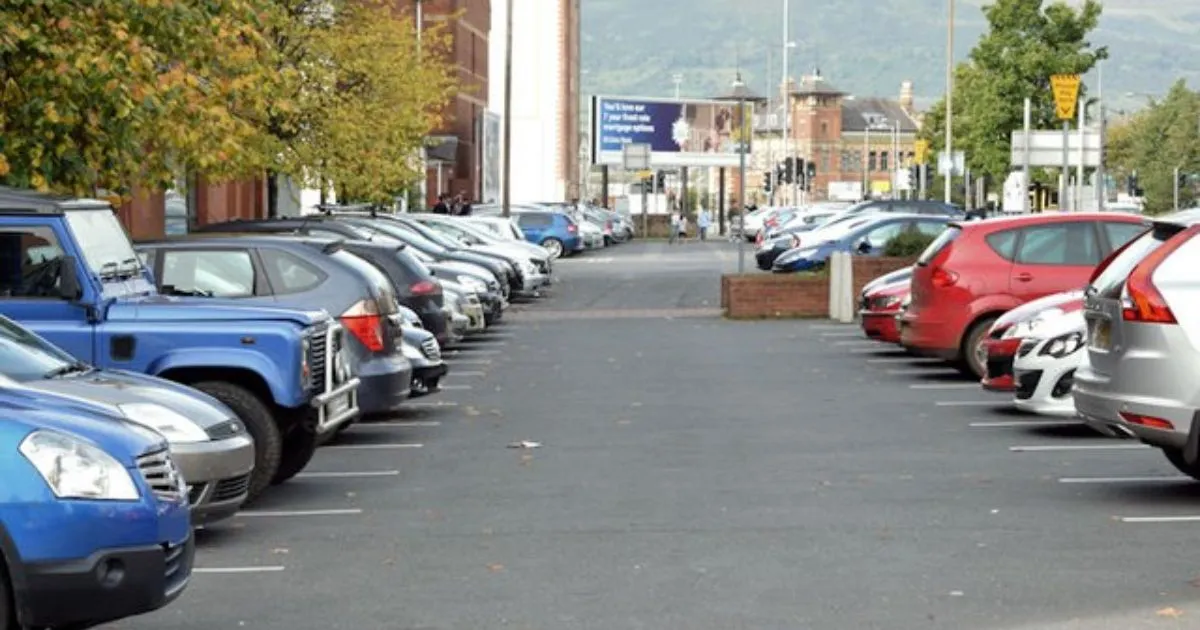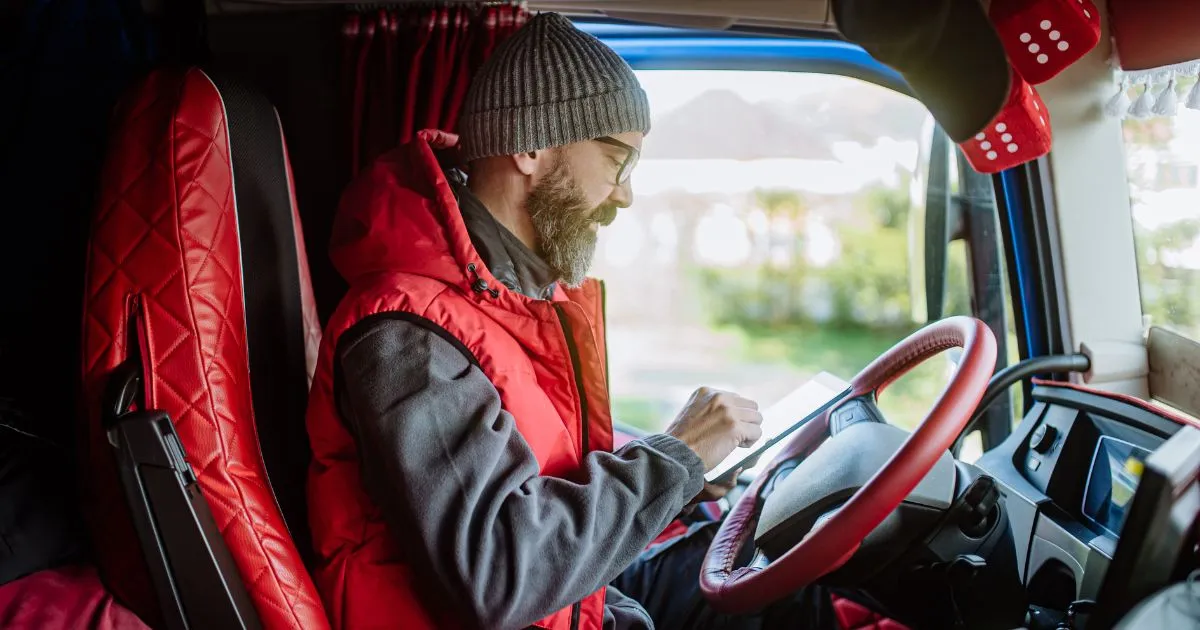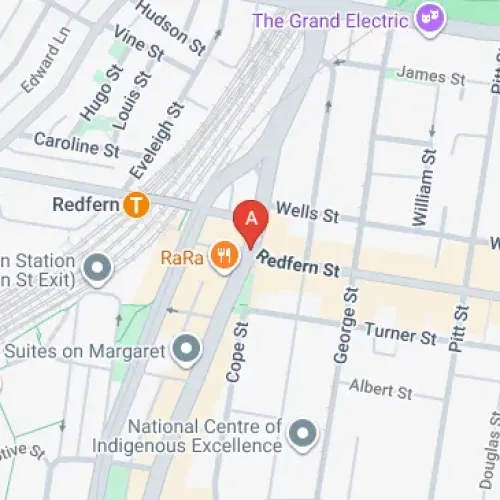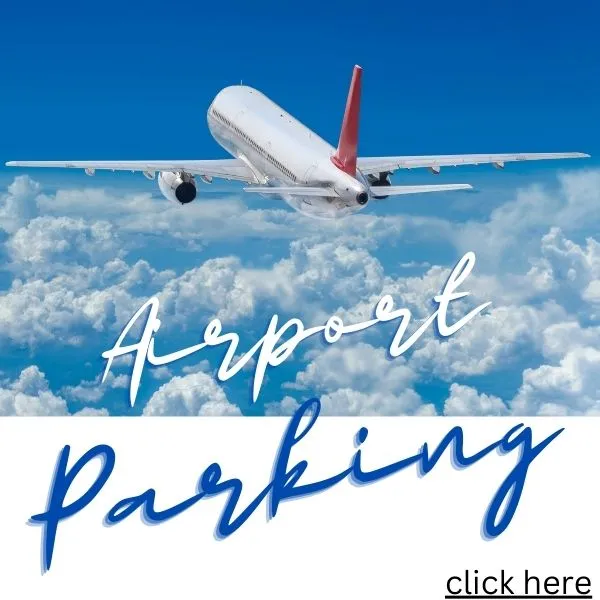How Parking Availability Shapes Entertainment and Leisure Time Choices in Cities

Parking availability affects more than just how we get from place to place — it also plays a significant role in the types of entertainment, dining, and leisure activities that thrive in different areas. When parking is readily available and convenient, it often favours certain types of businesses over others, influencing the leisure time choices of city dwellers in profound ways. As Australians, our relationship with parking directly shapes our social experiences and urban interactions. Recent research from the Australian Transport Research Forum indicates that up to 30% of inner-city traffic congestion results from drivers searching for available parking spaces and convenient parking spots. This congestion doesn't just affect traffic flow—it fundamentally alters which entertainment venues and leisure activities receive patronage, creating ripple effects throughout our urban economies and cultural landscapes.
Sprawling Surface Parking Enables Some Choices Over Others
In areas where large surface parking lots and multi-storey car parks are abundant, you'll typically find businesses such as big box retailers, chain restaurants, gaming establishments like casinos including Casino Just, and multiplex cinemas dominating the landscape. Free and easily accessible parking makes these types of automobile-focused businesses very convenient for most Australians. I've personally observed the dramatic difference in visitor numbers at shopping centres after they introduced free three-hour parking policies. However, small independent theatres, live music venues, art galleries, and locally-owned restaurants struggle to compete in these environments. According to a 2024 study by Transport for NSW, venues with dedicated parking typically see 40% higher weekend patronage than those relying on street parking alone. Patrons are often more likely to choose businesses with abundant parking, even if other options better suit their tastes but lack convenient parking nearby.

Scarce, Expensive Parking Shapes a Different Mix
In contrast, in cities and neighbourhoods where parking is limited, scarce, or costly, a different mix of leisure and dining options tends to emerge. With fewer parking spaces available, businesses adjust to cater to pedestrians, cyclists, and public transport users. In places like inner Sydney and Melbourne, we see vibrant examples of how limited parking produces entirely different entertainment ecosystems. The options in these areas are more likely to include locally-owned boutiques, art galleries, intimate music venues hosting local talent, speciality dining spots, and cultural attractions. Some businesses even convert former parking spaces into outdoor seating areas, transforming the streetscape entirely. "Cities are increasingly looking to decrease car numbers, opening up spaces instead for social areas, encouraging cycling and other more environmentally friendly approaches to transportation," notes Daniel Battaglia, author of Parking Made Easy: Making Life Easier. For these types of businesses, a single parking spot can generate over $100,000 in sales, compared to just $9,000 for a big box store or chain.
Type of Area and Typical Entertainment/Leisure Options:
- Abundant/Free Parking: Big Box Stores, Multiplex Cinemas, Chain Restaurants
- Scarce/Expensive Parking: Small Music Venues, Art Galleries, Specialty Dining
How Cities Can Shape Choices Through Parking Policies
Municipal parking policies and parking management strategies — including minimum requirements, pricing, time limits, and availability — have a significant impact on the types of entertainment and leisure businesses that thrive. Cities across Australia can implement various strategies to influence this urban ecosystem. The City of Melbourne has introduced dynamic pricing for parking to ensure turnover in entertainment districts, which has resulted in a 15% increase in local business patronage according to City of Melbourne data. Beyond pricing, cities can pursue several initiatives to balance parking needs with vibrant urban spaces:
- Reduce or eliminate parking minimum requirements: This would allow more small, non-automobile-oriented businesses to open and thrive without the financial burden of providing extensive parking.
- Implement demand-based pricing for street or garage parking: By raising rates for longer stays, cities can discourage all-day parkers and free up spaces for shorter visits.
- Create parking benefit districts: These districts can use revenue from parking meters to fund local improvements such as pedestrian infrastructure and façade grants.
- Build centralized parking stations instead of surface lots: Centralised parking reduces land used for parking, leaving more room for development and improving the overall urban landscape.

Connecting People and Community Through Flexible Parking Policies
Beyond urban planning, there is also an opportunity for cities to use parking policies to strengthen communities and promote social connections among diverse groups of people. "The availability of parking space in city centres is essential for trips by private vehicles and therefore the provision of parking is a key attractor for car trips," according to Courtney Babb and George Brown, the Australian transport experts. Community-centred parking solutions are becoming increasingly popular in Australian cities, with several innovative approaches emerging:
- Allow shared use of commercial or office parking spaces: These spaces could be made available for public use during evenings and weekends when business demand is low.
- Collaborate with places of worship and schools: Sharing their parking lots for public use when they're not needed could reduce the need for more dedicated spaces.
- Encourage partnerships among small businesses: This would allow them to collectively meet parking requirements across several properties, rather than each having to provide their own spaces.
The Future of Parking and Entertainment Districts
As Australian cities continue to evolve, we're seeing emerging trends that will reshape how parking availability impacts entertainment choices in the future. The rise of ridesharing services, improved public transport, and future autonomous vehicles are all set to disrupt traditional parking patterns. According to research from the Infrastructure Australia, by 2030, up to 30% of car parks in major Australian cities could be repurposed for other uses as transportation habits shift. This transformation presents opportunities for entertainment districts to reimagine their spaces. I've watched Sydney's entertainment precincts evolve as they've adapted to changing transportation habits. Some innovative approaches include:
- Entertainment hubs with integrated mobility solutions: Venues incorporating bike storage, rideshare waiting areas, and electric vehicle charging
- Dual-purpose parking structures: Parking garages designed to be converted to other uses as parking demand decreases
- Micro-mobility parking: Dedicated spaces for e-scooters and shared bikes near entertainment venues
- Virtual queueing systems: Technology allowing visitors to join virtual waiting lists for parking, reducing congestion and frustration

Final Thoughts on Parking and Urban Entertainment
In conclusion, the availability and management of parking facilities significantly influence the types of entertainment, dining, and leisure activities that thrive in urban areas across Australia. By implementing thoughtful parking policies that prioritise pedestrians, cyclists, and public transport, cities can foster vibrant spaces where diverse businesses flourish. Scarcity and cost of parking can encourage local, independent establishments, while flexible parking strategies promote community building and social interaction. Ultimately, cities that strategically manage parking can create dynamic environments that offer residents and visitors a wide range of opportunities to explore, connect, and enjoy a richer urban experience. If you're a business owner concerned about how parking affects your patronage, or a property owner with unused parking space that could benefit your community, sign up free with Parking Made Easy today to become part of the solution. Share your experiences with parking and entertainment in the comments below—we'd love to hear how parking availability has shaped your leisure choices in Australian cities.
**Daniel Battaglia, Parking Made Easy:** As part of the Parking Made Easy team with the assistance of Generative AI, Daniel Battaglia offers his experience in the car parking industry. He is dedicated to providing valuable information and resources to help you make smart parking choices and has been widely quoted in national media outlets. Connect with Daniel directly at daniel@parkingmadeeasy.com.au for further assistance.



Share